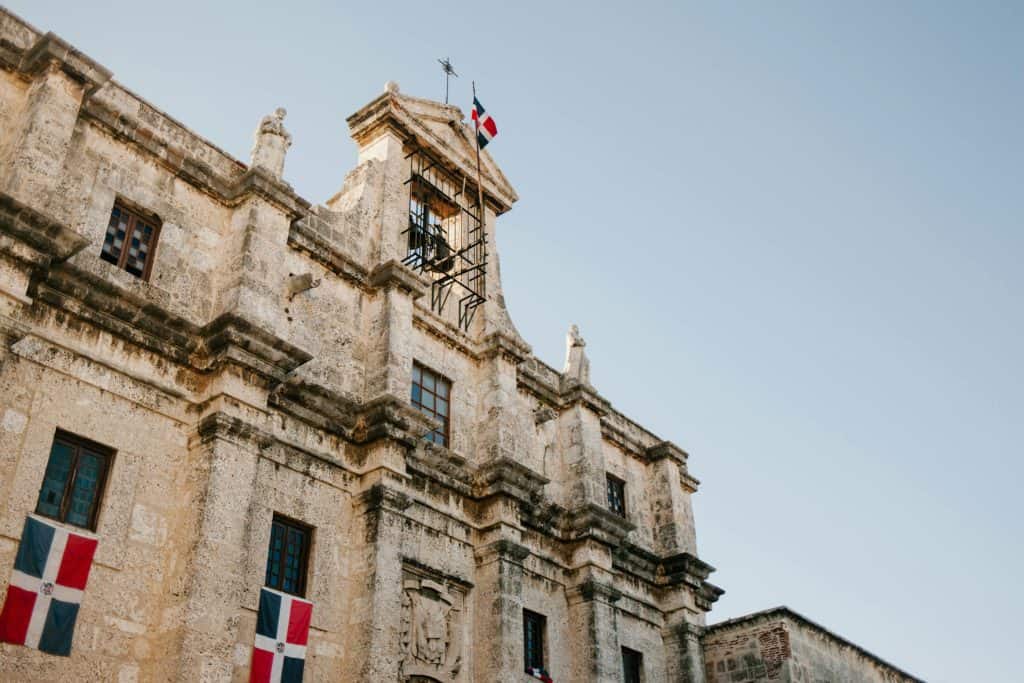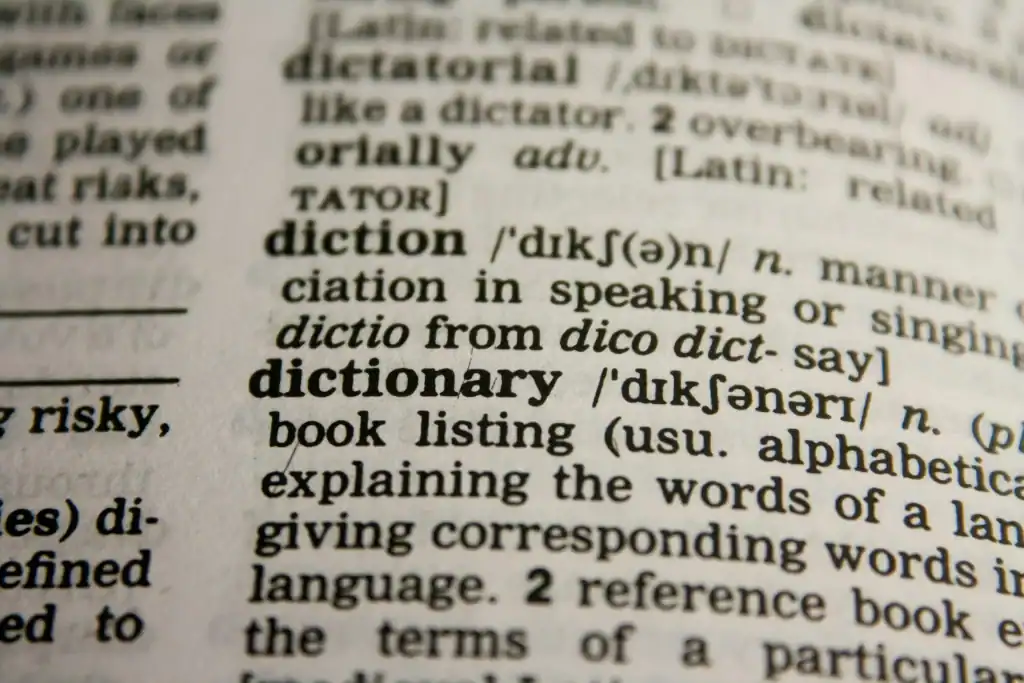From Peanut Panic to Pastel de Quinoa: My First Allergen Adventure
I still remember the day my Dominican landlord, Doña Lidia, handed me an invitation to her niece’s birthday. “James, tráete un bizcocho vegano, pero sin gluten,” she said, waving her hands as if the words themselves might give her hives. Ten years in Santo Domingo had trained my ear, yet the phrase sent a tiny surge of panic through my bloodstream. A vegan, gluten-free cake? In the capital, maybe—though not easy. But I was flying to Medellín the next morning, where hipster coffee shops coexist with abuelitas rolling dough on the sidewalk. I took it as a mission: master the regional Spanish Vocabulary needed to keep allergens at bay and taste buds delighted.
The journey from that peanut-panic moment to confidently strolling into a paisa bakery and ordering a pastel de quinoa con cobertura de aguacate has been equal parts linguistic puzzle and cultural treasure hunt. Along the way I discovered how chatting with Dominican bakers, Colombian café owners, and fellow expats sharpened my ear more than any textbook. This post distills a decade of crumbs, mishaps, and triumphant bites so you can sound natural when the next allergy-friendly order looms.
Gluten-Free, Dairy-Free, Pero Con Sabor: How Colombia Talks About Restrictions
Colombia’s culinary pride is legendary—arepas in every permutation, pandebono oozing cheese, and of course the sugar-bombed merengón. Yet its cities have also become playgrounds for plant-based experiments. Walk through Bogotá’s Chapinero and you’ll spot chalkboard menus boasting sin lácteos, sin azúcar refinada, and the ever-important apto para celíacos. Unlike the Dominican Republic, where conversations about allergens often start with a suspicious look—“¿Y eso por qué?”—Colombian bakers frequently study nutrition at tech institutes and sprinkle their vocabulary with quasi-medical precision.
Culturally, this shift relates to Colombia’s fitness boom and the influx of digital nomads seeking kombucha on tap. Dominican bakeries, by contrast, lean traditional: if you mutter “vegano” in Santo Domingo’s barrio bakeries, folks might assume you’re allergic to joy itself. Recognizing these nuances helps you tweak your Spanish Vocabulary depending on which side of the Caribbean you stand. I learned to pair empathy with specificity: first share why you avoid wheat—por salud, por alergia, or por filosofía—then dive into the ingredient list like a culinary detective.
The Unwritten Rules: Dominican Warmth vs. Colombian Precision
Having juggled both cultures, I notice the Dominican approach revolves around improvisation. You’ll hear “No tenemos harina de almendra, pero le inventamos algo” followed by a shrug that says, No worries, we’ll MacGyver it. In Colombia, precision reigns. A baker might whip out a scale, consult a laminated allergen chart, and ask whether oats processed in a wheat facility bother you. The Dominican warmth eases anxiety; the Colombian exactitude protects your gut. Together, they form the perfect bilingual bootcamp for any expat determined to refine their Spanish Vocabulary around allergens.
One Sunday in Cali, I ordered a gluten-free, egg-free brownie. The cashier confirmed, “¿Con panela orgánica en vez de azúcar blanca, cierto?” Meanwhile, back in Santo Domingo, the same request earned me a box labeled “Brownie del Gringo,” its ingredients presumably “secretos.” Both moments highlight cultural values: transparency in Colombia, playful teasing in the DR. Embrace them; each reaction offers an authentic slice of speech patterns you won’t catch on Duolingo.
Mastering the Sweet Talk: Phrases to Secure a Safe Slice
To place a flawless order, you’ll need more than a canned phrasebook. Blend politeness, regional slang, and technical culinary terms. Below you’ll find a compact table of Spanish vocabulary that has saved me from accidental dairy and murderous breadcrumbs.
| Spanish | English | Usage Tip |
|---|---|---|
| harina de yuca | cassava flour | Common in both DR & Colombia; great gluten-free binder. |
| sin trazas de maní | without peanut traces | Say it slowly; allergies are no joke in any accent. |
| endulzado con panela | sweetened with unrefined cane sugar | Signals health consciousness; wins hearts in Colombian cafés. |
| bizcocho apto para celíacos | cake suitable for celiacs | Formal phrasing—you’ll impress Colombian staff. |
| relleno de guayaba vegano | vegan guava filling | Dominicans love guava; this bridges cultures. |
| cobertura de aguacate | avocado frosting | Dazzles hipster Medellín spots; raises eyebrows in Santo Domingo. |
| leche de coco casera | homemade coconut milk | Highlight freshness; popular on both coasts. |
| sin azúcares añadidos | no added sugars | Useful if you’re dodging diabetes and judgment. |
Savor these entries, test them at your neighborhood bakery, then tweak. Real fluency thrives on context. For instance, in the DR I drop a friendly “mi hermano, ¿qué tienes sin trigo?” while in Colombia I switch to “buenas, ¿manejan opción sin gluten?” Each phrase packages the same request with localized wrapping paper—one casual, one methodical—showing how Spanish Vocabulary flexes across latitudes.
Example Conversation: Ordering a Vegan, Gluten-Free Cake in Medellín
Buenas tardes, ¿tienes tortas veganas sin gluten?
Good afternoon, do you have vegan, gluten-free cakes?
Claro, parce, tenemos una de banano con harina de arroz.
Sure, buddy, we’ve got a banana one made with rice flour. (Colombia; note “parce”)
Perfecto. ¿La cobertura es sin lácteos también?
Perfect. Is the frosting dairy-free as well?
Sí, está hecha con **leche de coco** y un toque de panela.
Yes, it’s made with **coconut milk** and a hint of unrefined cane sugar.
¿Podrías confirmarme que no haya trazas de maní?
Could you confirm there are no peanut traces?
Con gusto, señor. Nuestro obrador no utiliza frutos secos, así que está libre de maní.
Certainly, sir. Our kitchen doesn’t use nuts, so it’s peanut-free.
Genial. Necesito dos porciones para llevar, porfa.
Great. I need two slices to go, please.
Listo. ¿Pagas en efectivo o tarjeta?
All set. Will you pay in cash or by card?
Tarjeta. Gracias por tu ayuda—me salvaste la merienda.
Card. Thanks for your help—you saved my snack.
¡Con mucho gusto! Vuelve cuando quieras otro antojito saludable.
You’re very welcome! Come back whenever you crave another healthy treat.
Across the Caribbean in Santo Domingo, the same dialogue shifts tone:
Buenas, mi hermano, ¿tienen algo vegano, pero de verdad sin trigo?
Hey bro, y’all got something vegan, legit no wheat? (DR; casual)
Oye, **manito**, déjame chequear en la parte de atrás, que aquí resolvemos.
Hey, **little brother**, let me check in the back; we’ll make it work.
Reading Between Sugar Lines: Cultural Nuances You Taste
Note how Colombian staff rarely shorten “señor” to “don” unless you’re grey-haired, whereas Dominicans will toss “papi” or “mi amor” even at total strangers. Those endearments soften negotiations when the only gluten-free snack is a dusty granola bar. Meanwhile, the Colombian “parce” marks camaraderie but can feel odd in high-end patisseries; switch to “amigo” or simply dispense with titles when unsure.
Another curveball: in Medellín, “torta” is cake, yet in Santo Domingo it can also refer to a Spanish-style omelet. Imagine thinking you secured a birthday dessert only to receive a platter of eggs. Context conquers confusion, which is why parroting vocabulary without cultural marinade leaves you half-fluent. Soak phrases in local interactions, note intonation, and observe how quickly your Spanish Vocabulary fattens up like dough hitting hot oil.
Sugar-Coated False Friends and How to Spot Them
Pay close attention to “bizcocho” versus “queque.” In the DR, “bizcocho” is a celebratory layer cake, buttery and often rum-flavored. In Colombia, “bizcocho” might mean a hard biscuit, while “torta” reigns as the moist queen of cakes. Mix them up and you could bite into a crunchy cracker when you expected sponge. My trick is to elbow a local friend—“¿Para ustedes, bizcocho es durito o suave?”—a playful poll that doubles as a real-time lesson in regional Spanish Vocabulary.
Similarly, “pastel” in both countries generally means pastry, but ordering “pasteles” in Puerto Plata can land you savory plantain turnovers, not dessert. When stakes involve allergens, precision beats embarrassment. Verify texture, flour type, and toppings, then wrap your order in courtesy: “Disculpe la molestia, es que soy celíaco” opens doors faster than barking demands, especially in family-run spots where grandma is both cashier and pastry chef.
Reflecting on a Decade of Sweet Mistakes and Savory Triumphs
Hopping between Dominican beaches and Colombian mountains has tuned my ear more sharply than any paid course. I learned that adopting local filler words—“óyeme,” “ve,” “oye”—makes bakers drop their guard and reveal secret ingredient swaps. I discovered that hearing “sin gluten” pronounced with a Dominican lilt versus a paisa melody trains your brain to decode vowel music, vital when background salsa drowns half the consonants.
So here’s my parting slice of wisdom: don’t just memorize Spanish Vocabulary; season it with the cultural yeast of every café conversation. Ask why a baker prefers cassava over rice flour, praise the texture, and accept the inevitable lecture on grandma’s recipe. Each anecdote kneads new words into your linguistic dough, until one day you’re the one guiding newcomers through the maze.
I’d love to hear how bouncing between countries has sharpened—or confused—your culinary Spanish. Drop a comment with phrases you’ve picked up or mishaps that taught you more than any classroom. Let’s keep our whisk of collective knowledge spinning.


